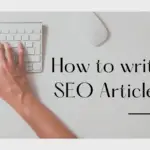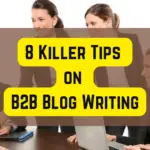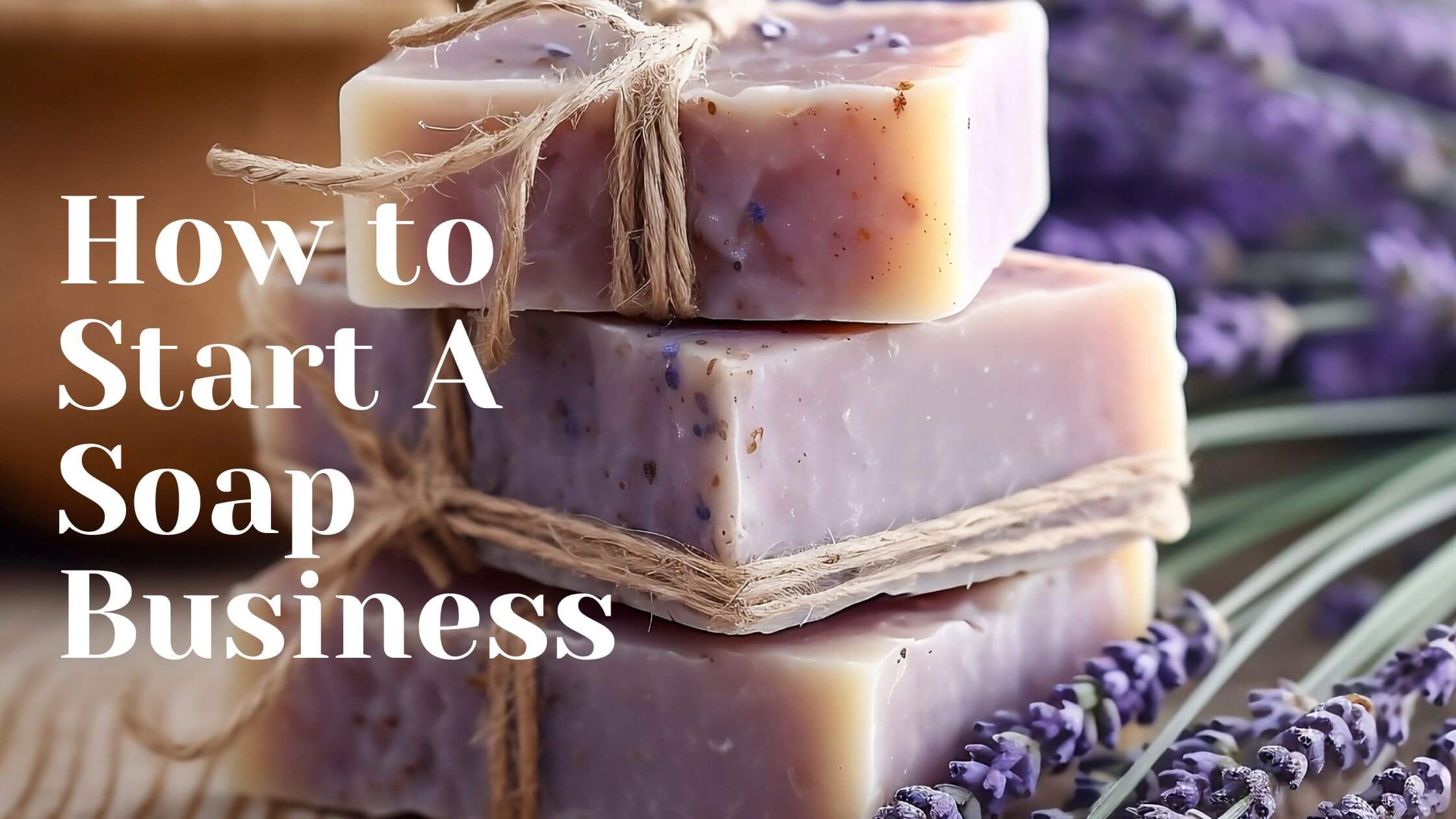As a 21st-century entrepreneur, you must adapt the latest marketing strategies to survive and succeed in this horse race. Ad copywriting is one of that kind. But can this make any difference in your business margins, or is it just hype?
Compelling ad copies to which target audiences can relate eventually confirm sales, subscriptions, signups, or any KPI measurement (at least, a significant ratio of them.) However, depending on your marketing or retargeting phase, it can be created for a sales funnel/checkout page, to increase brand loyalty, or just to communicate with clients.
Ad copywriting is a complex and nuanced skill requiring knowledge of various skills and creativities. In this blog post, I’m gonna share why it’s so crucial for businesses of any size and industry, including practical examples of ad copywriting.
What does Ad Copywriting Means?
Ad copywriting is the act of creating content for advertisements, promotional copy, marketing messages, etc. Unlike copywriting, which has a broader sense, ad copywriting focuses solely on making conversions through the approach.
This could include clicking on a link, purchasing a product, or registering for a paid service. It’s a specialized form of marketing that employs specific strategies and techniques to achieve these goals.
There are different types of media where you can share and spread your ad copy, targeting your potential customers.
“The term “copywriter” can be used to refer to anyone who writes content for these purposes. Ad copywriters use various techniques to write compelling ad copy, including using persuasive language, creating a sense of urgency, and using emotional appeals.”
What’s Ad Hoc Copywriting?
It came from the traditional Ad Hoc terms, now used vastly in the digital advertising industry. There’s no significant difference between typical ad copywriting and Ad Hoc. However, the core differentiation factor is that Ad Hoc copy is supposed to have a specific target to achieve.
For example, running a PPC (Pay per Click) Ad Hoc campaign should generate online traffic or visitors from each media you share the copy.
More specifically, suppose you want to send an ad copy through mail to 1000 people. There should be an influence in the Ad Hoc writing that’ll drive readers to click on the Call to Action button and visit your website.
8 Types of Ad Copywriting for Every Niche Businesses
There are many different types of ad copywriting, each with its own unique purpose and benefits. Here are some of the most popular types:
- Persuasive Ad Copywriting
It’s the general ad copy designed to persuade the reader to take an explicit action, such as ordering a product or using a service. The writer should use strong emotional language and persuasive arguments to achieve his goal.
The format is also known as “Direct Response” ads as they are created to get the reader to take a specific action, such as visiting a website or making a purchase.
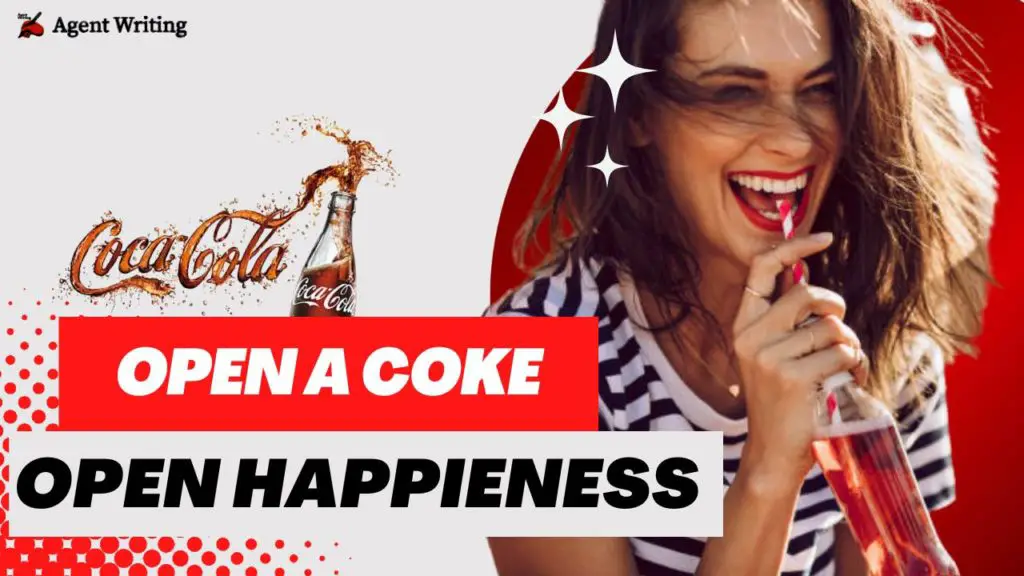
Figure 1: Example of persuasive ad copywriting by Coca Cola
2. Compliment Ad Copy
Who doesn’t like getting praise, right? And in the advertisement industry, this is often used as a marketing tool to onboard users. Things you should note are that it’s actually the tone of copy that makes it different from other types.
The theme focuses on creating a hunger in readers to become smarter than others. And how to be smart? If he purchases your product.

Figure 2: Example of compliment ad copywriting
3. Informative Ad Copywriting
When you want first to educate the target audience and gradually step forward to make them purchase, you need to create informative ad copy for your product or service.
It typically provides factual information and leaves the reader feeling informed and knowledgeable about the subject matter.
4. Instructional Ad Copy
Often your readers need a step-by-step guide on how to get the offering you’ve advertised. This instruction can be based on achieving a discount coupon, a new feature, etc.
It may also share how to use the primary product or service. In that case, the real goal is to provide the prospect with a brief experience of your offering.
As a result, they get influenced and take action. It would be best to use clear and concise language to ensure the reader can follow the steps easily.
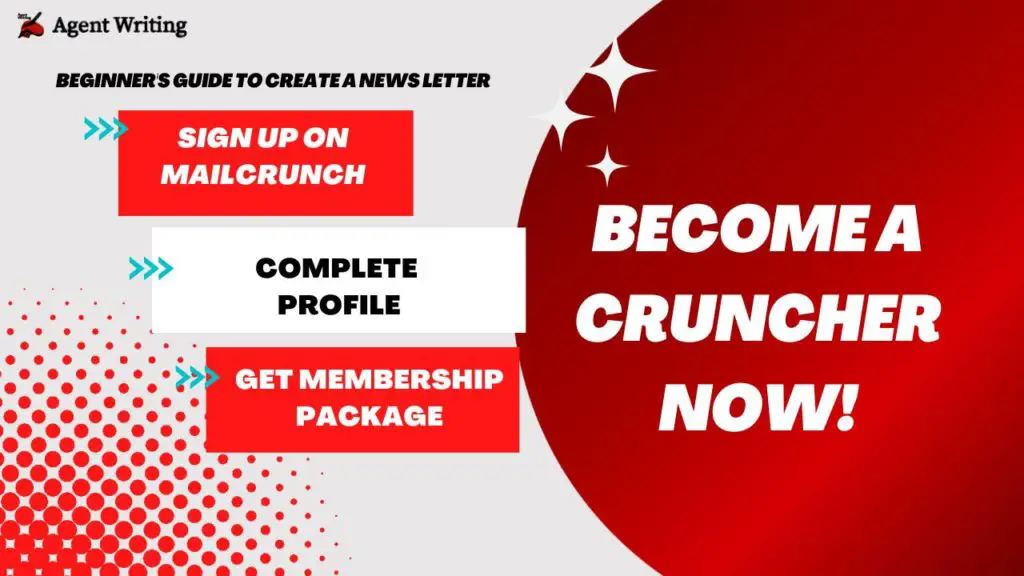
Figure 3: Instructional ad copy examples of Mail Crunch
5. Testimonial Ad Copywriting
60% of one’s confidence grows when they see others are also using the product they want to buy. Thus, marketers widely use testimonial ad copy.
This copywriting style features positive customer reviews and ratings to build trust and credibility with potential customers. Basically it’s a brief version of product or service review blogs.
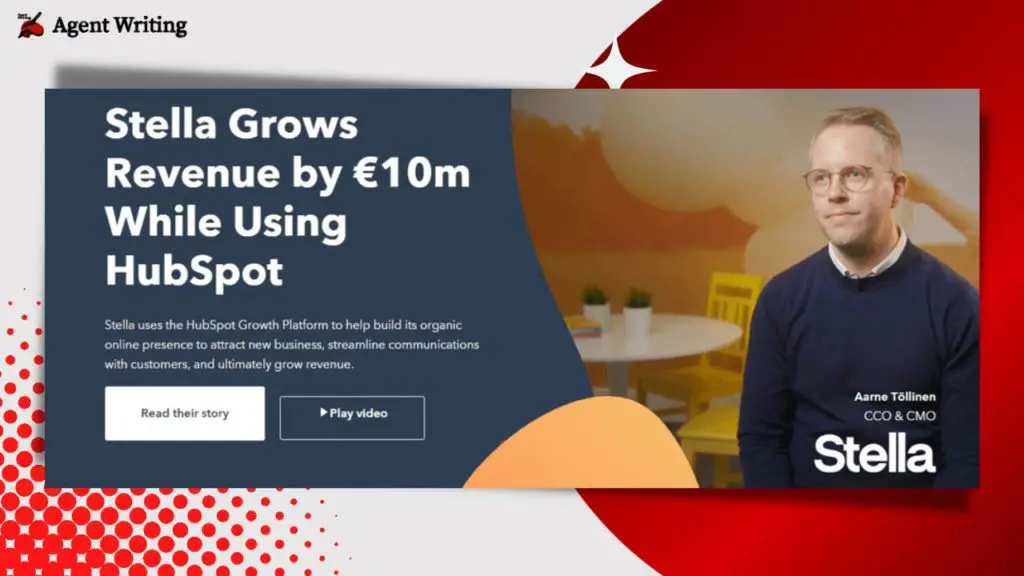
Figure 4: Testimonial ad copy example of Hubspot
6. Endorsement Ad Copywriting
The copywriting method features endorsements from well-known, respected individuals or organizations in order to pocket the target customers.
Usually, the endorsers are influencers, content creators, celebrities, etc. Like testimonial copywriting, it’s also an effective way to convince someone to try out a product or service.
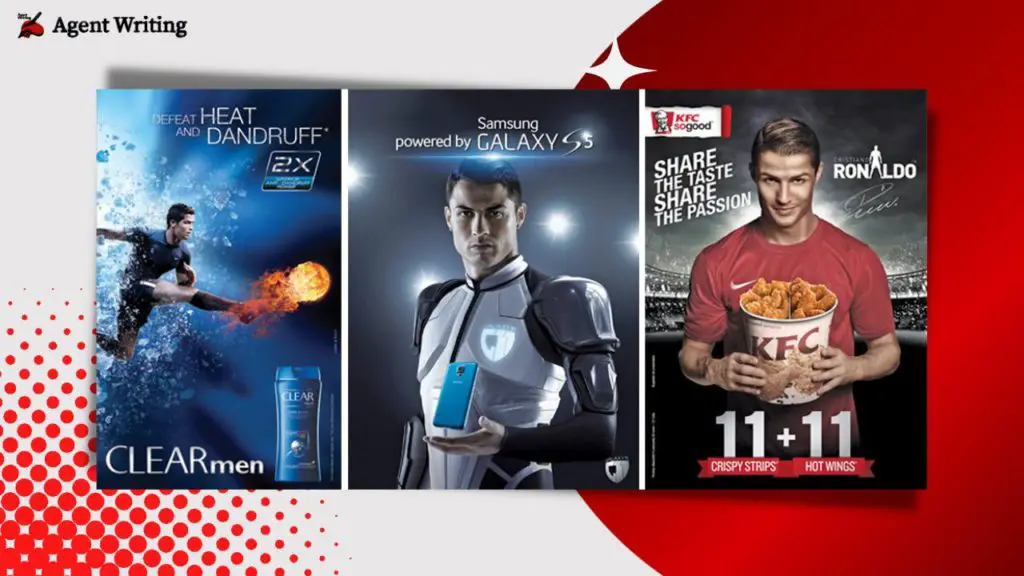
Figure 5: Endorsement ad copy example of Cristiano Ronaldo
7. Discount Ads Copy
As the name suggests, these copies are designed to generate sales through sharing offers or discounts. In general, these sales letters include (%) off discounts or Buy1Get1. Another recent trend is the Limited Lifetime Membership ad copy.
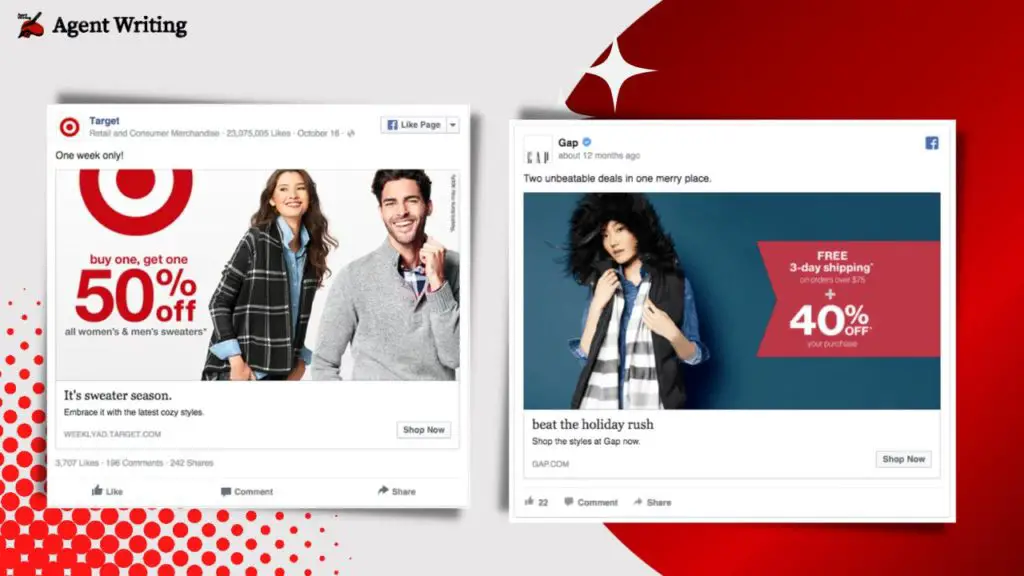
Figure 6: Discount ad copywriting examples for online brands
8. Free Trials
Trials are the best way to filter your very convinced customers. For SaaS businesses, this is one of the best ad copywriting styles.
Through the trial offer, you allow them to complete the signup through credit card info and enable them to use your services FREE for a certain period.
And in most cases, after 30 days (for example) of using a service, people eventually tend to buy the product.
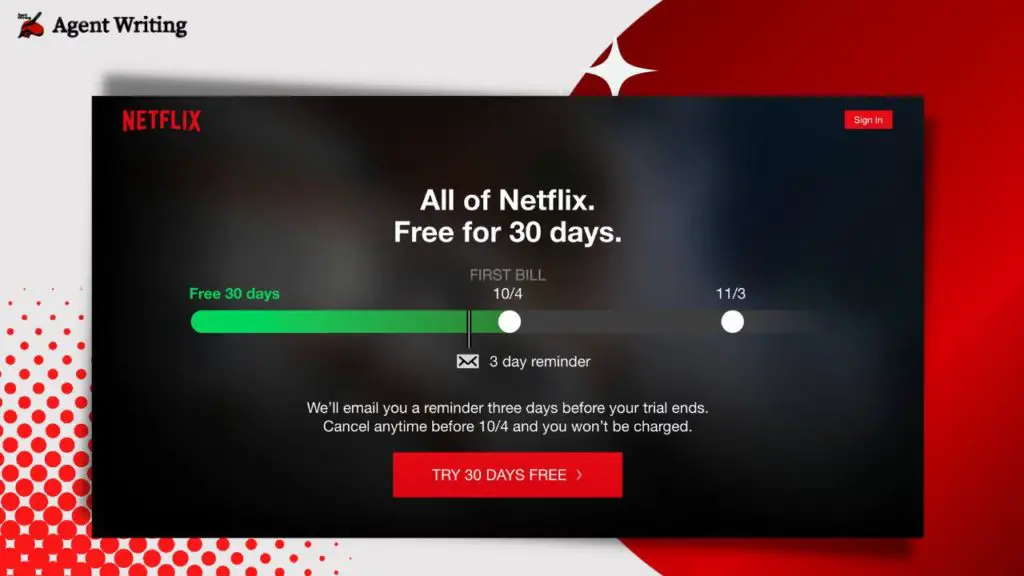
Figure 7: Free trial ad copy example of Netflix
10 Remedies to Boost Conversion Rate of Your Ad Copywriting
A successful ad copy is like art. You’ve to feel the people’s psychology while reading each of your ad words and their expected actions.
Yeah, it’s not a cupcake, but neither it’s impossible. Before preparing your first ad copy, let’s dive deeper into the essential factors.
1. Don’t Make Dots. Throw a Hook Instead
What’s your favorite song? If it’s already whispering in your head, you’re probably humming a particular part of the song.
The songwriter exactly wanted this to happen when writing the script. You need the same hook regarding your product or service in your ad copy.
Basically, it means there should be a particular feature of your offering that connects directly to the customer’s pain point, and they need that to solve immediately.
“Don’t use 20 lines, which will give them nothing but boredom and drive them to unfollow or move your mail to spam. Instead, write 2-4 lines that directly connect them to your product or service.”
2. Get a Grip on SAM
Identifying a hook requires a general understanding of your target customers. The more you know them, the more you understand their needs and pain points. Then recognize which feature of your product can provide the relief they’re looking for.
A newbie freelance ad copywriter’s worst mistake is thinking the copy is for everyone. Remember, there’s always a service obtainable market (SAM) for your product. It’s always wise to show your ad to 10 interested buyers rather than 1000 perplexed people.
3. Compete with Your Competitor’s Ad Copy
No matter which market or industry you’re running a venture, don’t forget you always have competitors. And there’s a high chance they have already reached out to the same audience you’re focusing on, or soon they will be.
So, you’ve to make your ad copy different from other market players. Dig deep into your features so that you can find the differentiation factors. However, you must change the approach if you can’t find a differentiation trait.
As examples, let’s compare two of the biggest skincare rival brands, Olay and Neutrogena.
In 2020, Olay achieved $5.6 billion worth of market share. On the other hand, Neutrogena had a $4 billion market cap in the same year. So, why did this happen?
If you take a closer look at the recent Christmas ad copies of both companies, you’ll get an interesting insight.
| Sections | Olay | Neutrogena |
| Heading | “OLAY® Official Site | FREE Gifts with Purchase” | “Skin Care Products for Healthier Skin | Neutrogena®.” |
| Paragraph | * NEW. Limited Edition Olay Face moisturizer with Hyaluronic acid Jar * Winner of the best in beauty Allure awards * Hyaluronic + Peptide 24 Hydrating Gel Cream | * For healthy and beautiful skin * Find the best products for your skin type from the Dermatologist-recommended skincare brand. * Neutrogena® |
In headings, Olay first used its Authority to get the reader’s confidence. Then shared the exclusive benefits they’re offering currently. On the contrary, the title of Neutrogena is a bit generic and off.
Next, if inspecting Olay’s taglines, they created a hunger/hurriedness with sentence 1, specific phrase the “Limited Edition.” Then they showed off their achievement in recalling the confidence with sentence 2. Lastly, in short, they shared the technical features of the product.
In terms of Neutrogena, they expressed the product’s value. However, these are very common, so they cannot create a noticeable impact in the audience’s mind. The second sentence shows their strongest value (Dermatologist), but many readers won’t feel the usefulness due to lack of initial connection.
“Note that if there’s no difference between your and other products or services, you need to customize other intangible factors like brand, price, discounts, etc.”
4. Understand the Audience Based on “Platform”
The success of your ad copy highly depends on the media you share it on. If you’ve got a B2B (Business to Business) product or service, promoting it on LinkedIn might get you a better conversion rate as the platform is full of professionals who are the decision-makers.
Similarly, platforms like TikTok or Instagram tend to perform exceptionally well in mobile game marketing.
Without the audience’s psychological and demographic influences, measuring the platform is also vital for optimizing your ad copy.
For example, if you want to share an image ad copy on Facebook, you should resize the image texts based on their recommended ratio. Just search “Facebook image ad size” on Google to find the right ratio.
Also, keep in mind the responsiveness of the platform and device users to optimize your ad copy to the next level.
Besides, when it comes to choosing the platform, never settle or not always copy others. Instead, continue experimenting.
“Also, don’t blindly follow the latest technologies always. If you believe your prospects are more likely to spend time on radio or podcasts, you should target those platforms. And make your ad content friendly for the media.”
5. Follow 1, 2, 3 Structure for Ad Copywriting
Even the top digital marketing experts follow the typical template of ad copywriting. It includes,
- Heading
Just try to recall the last few emails you’ve deleted recently. If you’re like 78.67% of internet users, you’ve deleted the mail after taking a quick glance at the subject lines, even without opening it.
Titles are the first attention catchers of your ad copy. If your ad fails at this, all your content marketing efforts also do the same.
Always try to write a unique heading, keep it precise and alluring, but don’t mislead the readers.
- Body Text
Never stretch the body or description of your ad copy. If it’s the first time you’re appearing in one’s mailbox or newsfeed, make sure they get your product/service value within 10 seconds.
Keep the copywriting tone friendly and casual. Use powerful words. Don’t exaggerate any text. You don’t have to introduce all features. If they find it’s required they’ll follow your channel or page or subscribe to your newsletter.
And if they don’t feel needy, they’ll skip it, which in terms is good for you as you can spend the ad budget on a new custom audience.
- CTA: Call to Action
Never Miss the “Call to Action” button in any of your ad copy, whether it’s on social media or blog or mail copywriting. CTA helps the readers to take immediate action upon finding your offering exciting.
Nowadays, social media platforms allow you to add CTA buttons to your ads. If you’re not using HTML mail templates, try adding a hyperlink in CTA text. Some common CTAs are:
| Buy now | Enter email | Click here |
| Add to cart | Shop now | Claim discount |
| Get Today | Order today | Claim coupon |
| Call this number | Save money | Don’t wait |
| Call now | Get your slot now | View Catalog |
6. Sense of Urgency Can Flip the Game
Adding urgency helps the reader make decisions faster. It’s just like the way Olay expressed urgency in their ad copy that I mentioned above.
However, don’t over-emphasize this. Any excessiveness might backfire, and you’ll end up losing a potential customer. Check out the below sentences for examples:
- Paint your home now with PPG before the next earthquake. Buy 1, Get 1
- Paint your home before the monsoon with PPG. Buy 1, Get 1
The first example may sound more serious but won’t influence the reader to order PPG paints. However, the second example shows practical urgency, which readers are more likely to connect with.
7. Discuss Benefits Over features in Your Ad Copy
When you’re creating ad copy, it’s essential to focus on the benefits of your product rather than the specification. Why?
It’s because benefits speak about the customer’s needs and want, while features describe what the product does.
We all want to know how a product will improve our lives, not just what it can do.
For example, let’s say you’re selling a vacuum cleaner. A feature of this vacuum might be that it has a powerful motor. But what’s the benefit of that?
The benefit is that it’ll clean your floors more quickly and thoroughly. See how that works?
Some tips for stressing benefits over features in your ad copy include:
- Be clear and concise: Don’t cram too much information into your ad copy. Keep it short and sweet, and ensure the benefits you highlight are easy to understand.
- Use specific language: Instead of saying, “our product is great,” try something like, “our product will save you time and money.” Be as specific as possible to drive home the point.
- Focus on the customer: not the product. Your ad copy should be about how the product will benefit the customer, not the product itself. Use language that speaks to the customer’s needs and concerns.
- Use testimonials and reviews: If you have them, use testimonials and reviews from satisfied customers to show how your product has helped others.
8. Don’t Write a Fiction. Make It an Elevator Pitch
Stories are always good for connecting with an audience. But sometimes beginner marketers take this too seriously and make them too large.
The best marketers prefer using 6-word stories to promote a product or service online. It’s like with these words, you’ve to describe your offering’s benefits to the readers. The phrase is applicable for the subheading or first paragraph to catch initial attention.
After that, you’ve to write an elevator pitch. It’s a widely used term in startup culture where a founder has to convince an investor within 30 to 60 seconds.
When writing your ad copy, think just like that. Talk to the readers through writing. Note this; there’s no rule except only the rules you find working.
9. Words Are Ornaments
Your word preferences highly influence the success of your ad copies. Keep yourself on the reader’s side only if you can level down your emotion toward your product or service. Otherwise, you would always feel your words are okay.
When choosing words, it’s wise to use action verbs. These are short and influence readers to take action. Some common examples of action verbs are:
- Earn $75 daily for surveys!
- Discover the world under the ocean!
- Receive your $10 bonus now!
- Donate 99 cents, and end hunger in the world!
- Unlock your free 100UC in the best BR game!
- Experience the 3D world again with Harry Potter!
Besides, when it comes to mentions, use the second person “You” or “Your” instead of “The.” It helps the readers to connect to your copy easily. For example, “Your dream car” sounds much better than “The dream car.”
10. Buzz 5 Senses with Your Ad Copy
Even many professional ad copywriters fail at converting readers into buyers due to lacking this skill. You’ve to be more specific with words so readers can experience the product. To get a deeper idea, first, check out the ad copies of McDonald’s below:
- “Sizzling sausage”
- “Crispy Fried Rice”
- “Melty Cheese”
- “Fluffy Ice Cream”
“People commonly use words like “Tasty” when promoting food items, which can’t give you immediate recall of any experience. But each of those Mcdonald’s words gives you exact visualization, sometimes smell. It’s nothing but how our brain works.”
10 Ad Copywriting Examples from Booming Brands
In the below examples, you can get a practical idea of how to write a sales ad copy that can turn your prospects into buyers. I’ve added a brief about each company first, then added an ad copy.
1. Olay Ad Copy Example
The brand is owned by Procter & Gamble, a leader in skin care products that are widely popular worldwide.
In the below ad, Olay firstly shared the problem users face in general so that they can connect with the reader.
And then, they expressed a hope to solve the reader’s issue. Besides, their marketers added relevant editing to relate the problem easily. Lastly, they wrapped up with power words and opportunity.
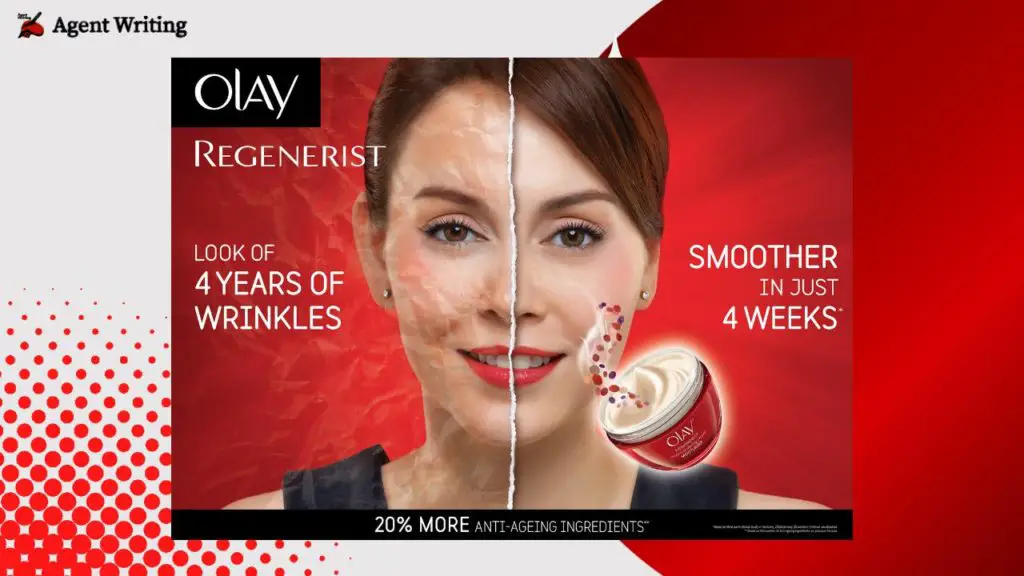
Figure 8: Olay ad copywriting example
2. Toyota Ad Copy Example
Toyota Motor Corporation (TM) is a Japanese multinational automaker with a history dating back to 1937. The company produces private automobiles, light trucks, buses, and other vehicles under two leading brands: Toyota and Lexus. It’s headquartered in Aichi, Japan.
If taking a look at the leading automobile brand Toyota, you’ll witness a proper presence of branding and confidence.

Figure 9: Toyota ad copywriting example
3. Drunk Elephant Ad Copy
It’s a skincare product manufacturer based in the United States. I’ve seen a line of versatility in their ad copies. Some show a strong commitment, and some make the readers curious about their product. In any way, their ad copies are pretty effective.
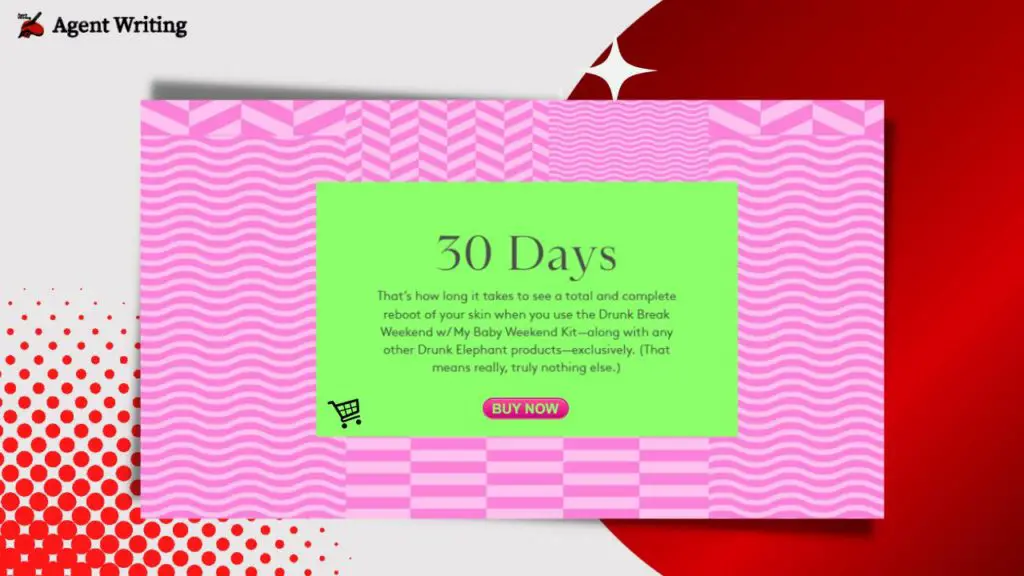
Figure 10: Drunk elephant ad copywriting example
4. ClickUp Ad Copy Example
It’s a work and project management software awarded one of the top 100 fastest-growing software globally. In the first ad copy, which is mainly for first-time buyers, they showed the product is the best among others. And instead of naming others, they listed the tasks.
Also, in the second example, ClickUp intelligently demonstrated their old pricing, big size for the saving part, and finally, the actual price a customer needed to pay.
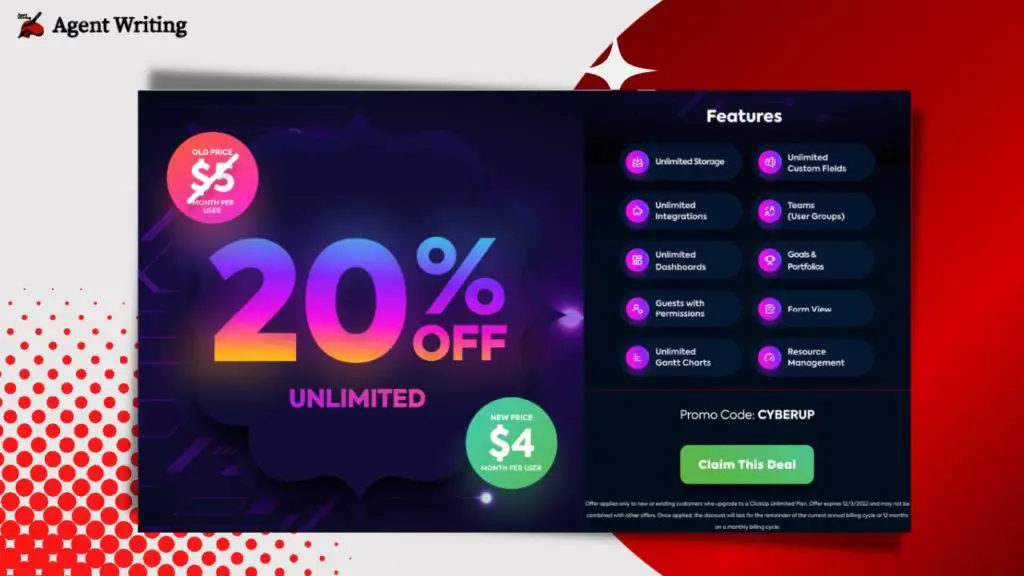
Figure 11: Clickup ad copywriting example
5. AppSumo Ad Copy Example
It’s one of the trendy marketplaces for digital products after Envato. The platform differentiates itself from the rest because of the whole-year discount scheme.
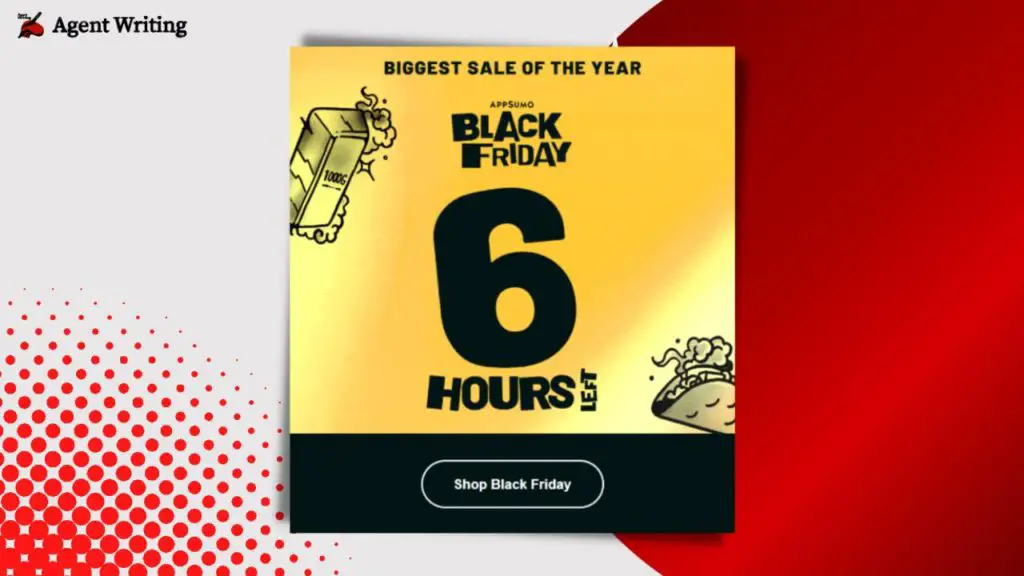
Figure 12: Appsumo black friday ad copy example
6. Namecheap Ad Copy Example
The company provides website-related solutions to online businesses, such as web hosting, domain registrations, etc.
Recently they’ve introduced a new social media marketing tool, RelateSocial, for their users. The ad copy is an example of the Free Trial approach I mentioned above.
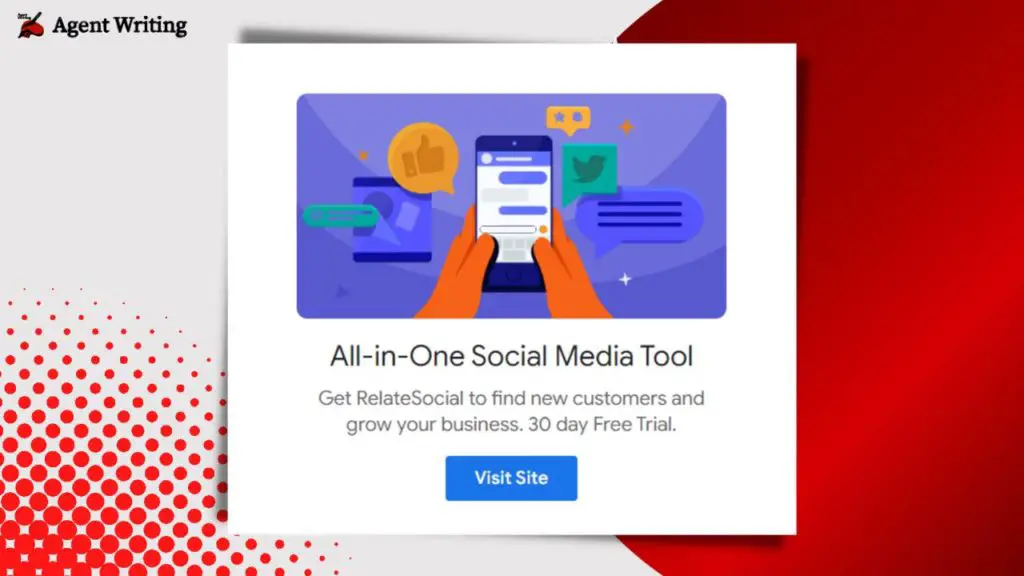
Figure 13: Namecheap Relate Social ad copy example
7. Unicaf Ad Copy Example
The agency is a partner of John Moores University. It helps the institute onboard online students for their curriculums.
Their ad copy shows the blend of both discount and paint points. So, connected readers can easily decide why they must proceed with the CTA.
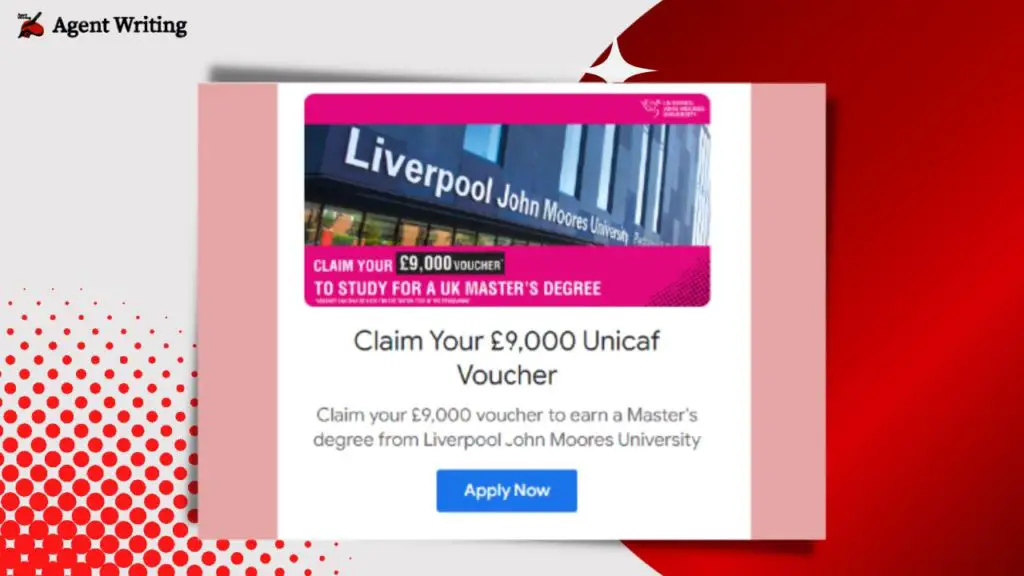
Figure 14: Unicaf ad copy example for Masters student
8. Slidebean Ad Copy Example
Founded by Caya and his friends, Slidebean is now quite a familiar name in business culture. Caya always sends his ad copies with numerous stories linking up to different blog posts and his Youtube videos. And lastly showcases the offer or the service purchase section.
He demonstrates the testimonials in a unique formal manner sometimes. Hence, a prospect can easily be hooked. These fundraising testimonials also help readers to visualize what they can achieve through their SaaS product.

Figure 15: Slidebean testimonials ad copy example
9. Qatar AirwaysAd Copy Example
As the 2022 Fifa world cup was knocking on the door, this carrier airline company took a great strategy to increase their sales. The ad copy is about rewarding its clients with Avios, which is a reward point for certain clubs.
The hook is generated with the first 7 words. And in the body text, they shortly described the process, keeping a sense of urgency through the date.
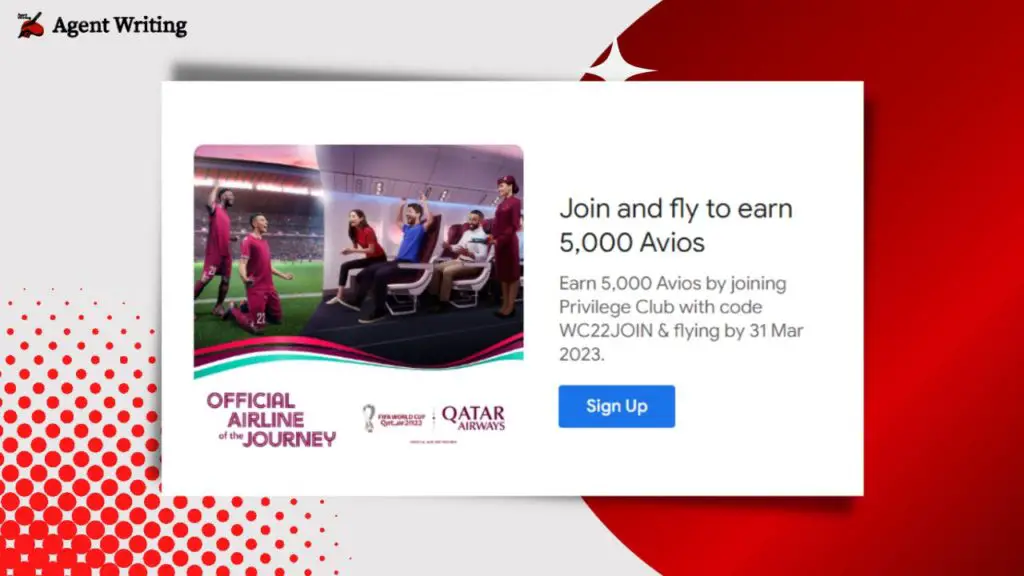
Figure 16: Qatar Airways Fifa ad copy campaign example
10. Nike Ad Copy Example
When the renowned footwear company introduced its new facilities, “Customization,” they could market it like “customize your shoes like this, that, them.” But these would stretch the tagline and may not connect the viewers as it did by adding “in your way.”
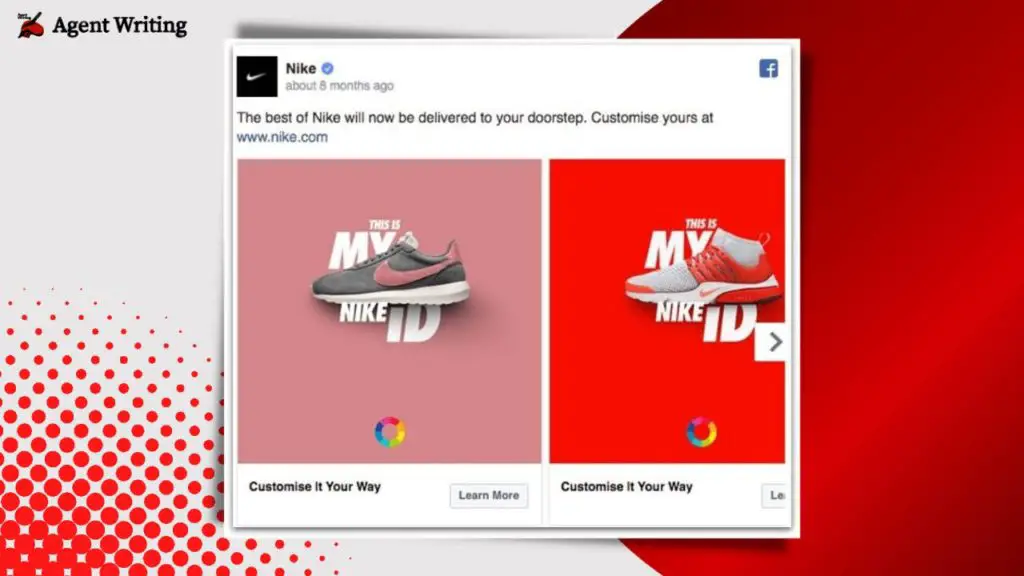
Figure 17: Nike social media ad copy example
Frequently Asked Questions
What does an ad copywriter do?
An ad copywriter or an agency creates compelling marketing materials and text for your website, newsletters, and social media content. To do so, they first research your business product and service and present it in the best possible way to generate sales.
What is copywriting in ads?
Copywriting in ads means researching existing materials and creating a converting sales copy for target customers. Ad copywriting is intended to produce conversions such as subscriptions, sales, leads, etc.
How much do you pay a copywriter?
The charge of copywriters varies significantly depending on the writer’s experience, skills, and region. They charge anywhere from $30 to $1500. The price range also differs for material type. For example, the landing page copywriting charge is higher than the PPC ad copy.
What should a copywriter not do?
There are no set rules, but the below mistakes are proven to convert fewer results.
- Stretching sentence
- Long copies (reading time is more than 90 seconds)
- Focusing too much on SEO keywords
- Filling up ad copy with product features compared to benefits
- Using robust formal tones
- Overusing intensifiers (ex, Really, Very, Actually)
- Applying colloquialisms, and idioms (not suitable for business writing)
- Missing CTA
Why Should You Hire an Ad Copywriting Service?
Because of its trend and booming rate of online users, ad copywriting is now one of the top skills every entrepreneur needs.
However, gaining expertise requires a lot of time (3-5 years). And indeed, for a business owner, investing dedication and time isn’t always possible.
If you’re stuck in the same scene, an ad copywriting service like Agent Writing can level down your stress.
Let’s take a quick look at what makes AW from the rest of the agencies:
| Services | Agent Writing |
| A Team of Professionals | 41+ (writers+project manager) |
| Satisfied Clients | 115 (still counting) |
| On-page SEO | Yes |
| Standard Measurements | Copyleaks and Grammarly Passed |
| Readability | 12 years |
| Proofreading | Yes (Unlimited) |
| After-Sale Consultancy | 24/7 |
| Complete Editing Solutions | Available |
| Discounts | Yes (on bulk order) |
Wrapping Up
A well-defined ad copywriting can boost your monthly sales margin tremendously, whether you’ve digital or physical products.
Unlike other copywriting agencies, Agent Writing doesn’t limit ad copies to rank only but also makes them convert your target market to paying customers. We’ve friendly service packages that are suitable for both small and big businesses. Get your quotes now!

